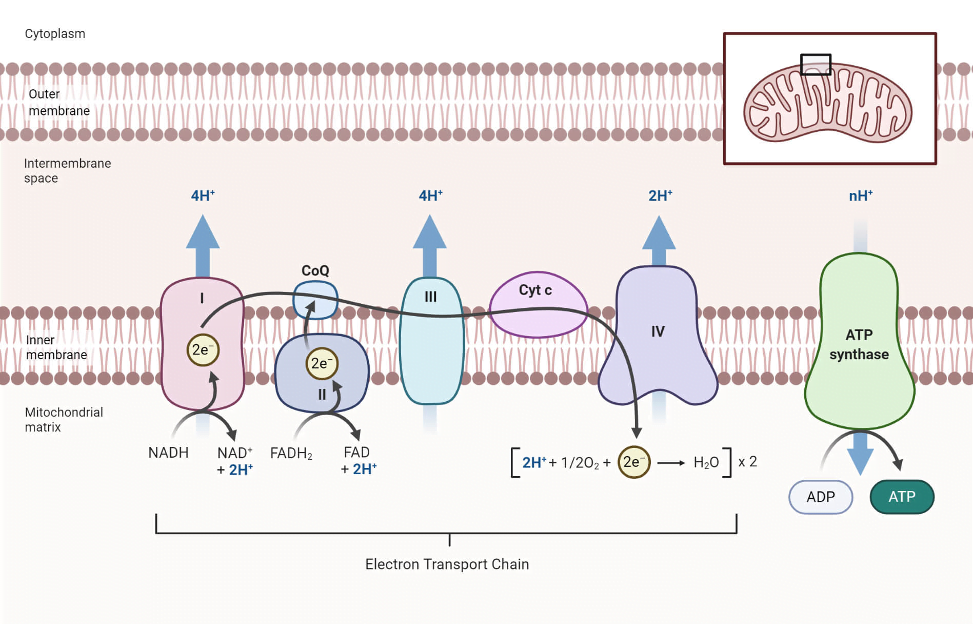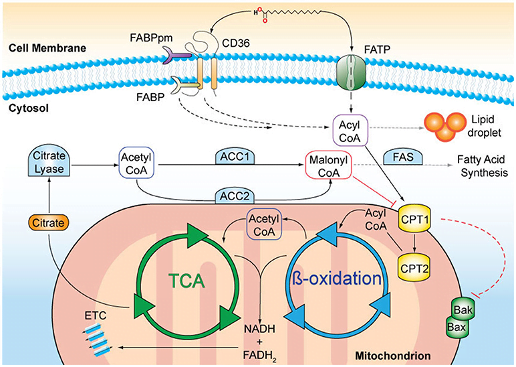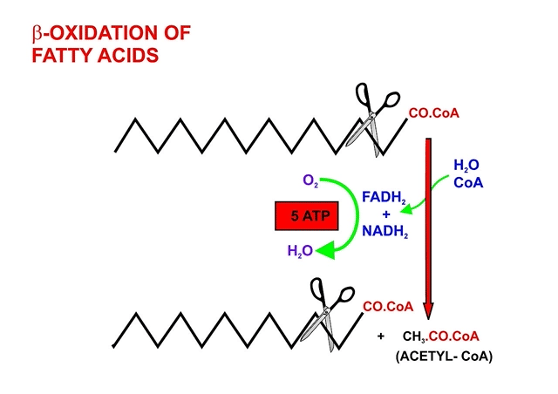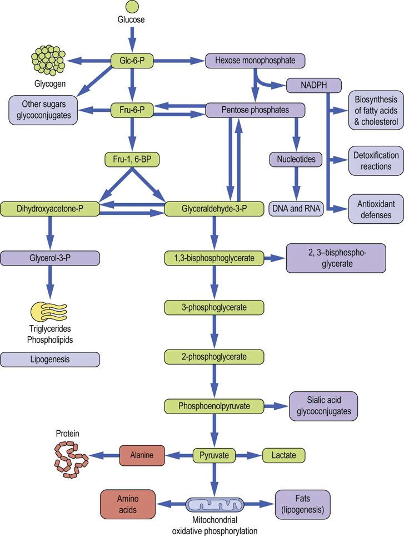22B18: Exam Report
Describe the generation of ATP by mitochondria (50% marks) and outline the processes by which ATP is generated in red blood cells (50% marks)
15% of candidates passed this question.
Excellent answers focused on oxidative phosphorylation and the chemiosmotic mechanism in their description of ATP production by mitochondria.
This required a description of the structure of the mitochondrial components involved in ATP production, the establishment of an electrochemical gradient of protons across the inner membrane, how the electron transport chain works and its components, and the roles of cytochrome oxidase and ATP synthase.
Excellent answers describing ATP generation in red blood cells focused on anaerobic glycolysis in the absence of mitochondria, with an emphasis on the key steps that consume or produce ATP.
The role of lactate dehydrogenase in regenerating NAD+ was also emphasised.
Some candidates described other pathways of metabolism that do not generate ATP, for which no marks were awarded.
Ei / 22B18: Describe the generation of ATP by mitochondria (50% marks) and outline the processes by which ATP is generated in red blood cells (50% marks)
ATP is a purine nucleotide which is an immediate source of cellular energy that can lose one phosphate to produce ADP and usable energy.
ATP generation mainly occurs in the mitochondria via 3 pathways
1) CAC
- Primary Active Transport – movement of molecular against their concentration gradient, with the expenditure of ATP
- Secondary Active Transport – Using energy of an existing concentration gradient to transport molecules against their concentration gradient ie cotransport of Na/Glucose on PCT
2) Oxidative phosphorylation
- Oxidative phosphorylation: is the primary mechanism by which ATP is produced in the body
- Location: on the inside surface of the inner mitochondrial membrane
- Chief precursors: Electrons from NADH + H and FADH2 from CAC
- Steps: Electrons are transferred from NADH + H and FADH2 into the ETC
- An energy gradient is formed (from high to low potential from beginning to end)
- As the electrons pass along the chain → they lose energy → this energy is used to form ATP at 3 points of the chain
- At 3 points of ET, there are molecular pores across the inner membrane through which H+ can flow down their concentration gradient back to mitochondrial matrix → as they do, energy released is used to produce ATP from ADP
- Steps: 5 protein complexes, most important one being the 5th one (ATP synthase)
- Total:
1 NADH+H = 2.5 ATP
1 FADH2 = 1.5 ATP
{2 H+ + ½ O2 + 2e- H2O} x 2

3) Beta oxidation
- Location: mitochondrial matrix
- Fats represent 80% of stored body energy
- Fats are broken down to form Acetyl CoA (goes to CAC) and H+ (enters ETC)
- Amount of ATP formed from fat breakdown is 2.5 times that formed by carbs
- Fatty acids are more reduced molecules and can donate more electrons
- Chief precursor: long chain fatty acids
- Starting point: long chain FAs enter the mitochondrial matrix via Carnitine shuttle
- Steps: 4 steps (dehydrogenation, hydration, dehydrogenation and thiolysis)
- Total: for a full oxidation cycle:
NADH = 3 ATP
1 FADH2 = 2 ATP
1 Acetyl CoA = 12 ATP
Total = 17 ATP – 2 ATP (for activation of fatty acid) = 15 ATP
- Depending on the length of the fatty acid chain, with longer chains, more ATP is produced as more NADH, FADH2 and Acetyl CoA is produced
- g: a 7-carbon chain fatty acid yields 7 NADH + 7 FADH2 + 8 Acetyl CoA = total 108 ATPs


ATP in RBCs
RBCs are anucleate cells and so lack mitochondria, hence need other pathways for ATP prodcution
- Role: important for maintaining red cell shape, volume and flexibility by a Na/K ATPase pump
- NADH also generated and is important for reduction of metHb to Hb by metHb reductase
- 1-3 DPG is converted to 2-3 DPG by the Rapoport-Luebering shunt
- Pathway: Anaerobic glycolysis (Embden Meyerhof pathway)
- Location: cytoplasm
- Chief precursor: Glucose
- Steps: 10 steps
- Total:
1 Glucose → 2 Pyruvate + 2 ATP + 2 NADH

Author: Mema Idrees